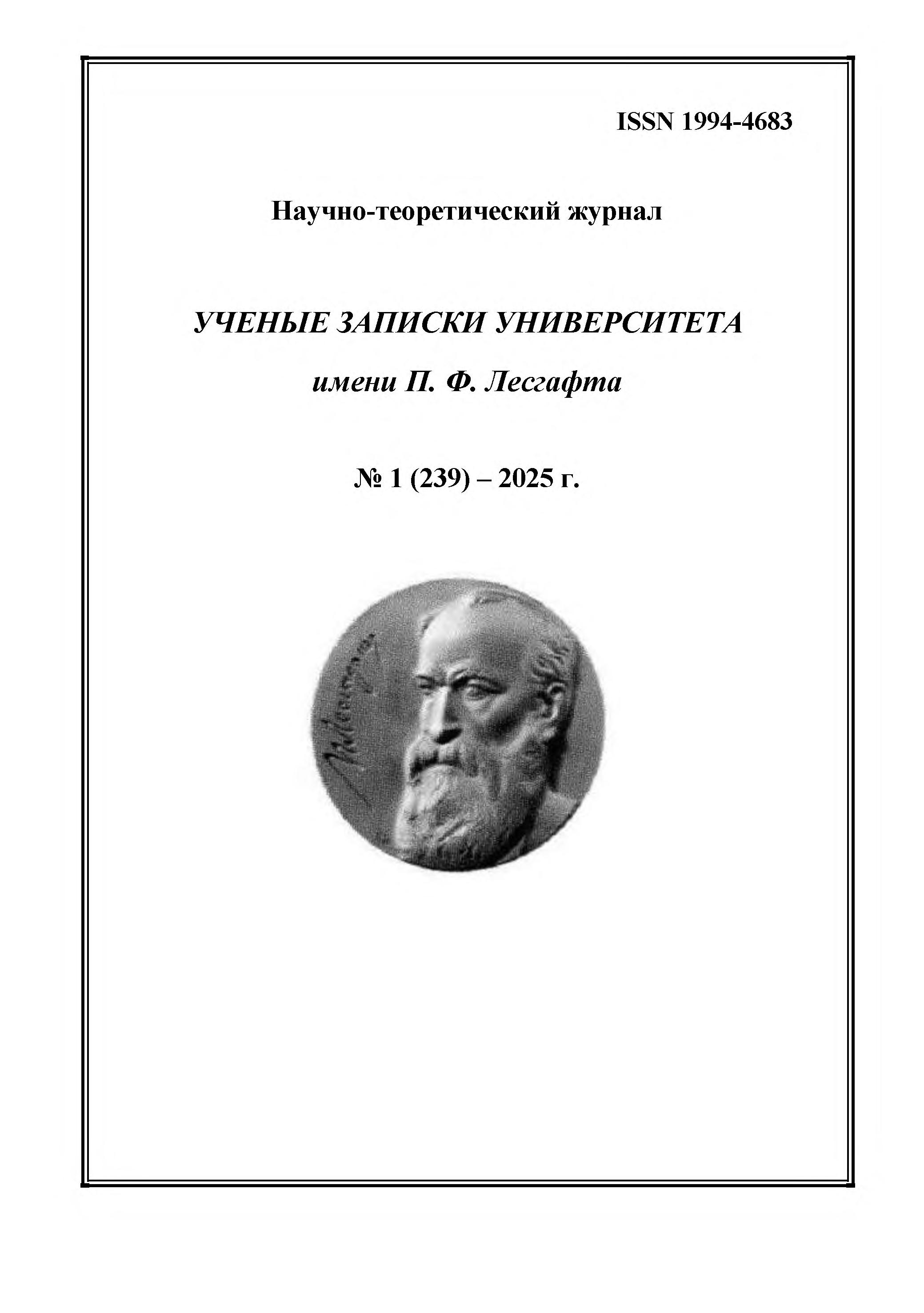Russian Federation
CSCSTI 76.35
The purpose of the study is to describe the stages of gait recovery in individuals who have suffered an acute cerebrovascular accident. Research methods and organization. Methods of analysis of scientific and methodological literature according to the research theme were employed, alongside the analysis of excerpts from medical records, pedagogical observation, pedagogical experimentation, testing, and methods of mathematical statistics. Research results and conclusions. The study describes the stages of gait establishment in individuals with post-stroke consequences. It proposes stages ranging from preparatory exercises to walking without additional support. Key aspects of restoring an optimal gait pattern in patients with post-stroke disorders are also discussed.
acute cerebrovascular accident, physical rehabilitation, gait recovery, spasticity, neurological deficit
1. Sergeenko E. Y., Volovets S. A., Darinskaya L. Y. [et al.] (2017), “The use of the balance tutor rehabilitation system to restore balance and walking function in patients after acute cerebrovascular accident”, Bulletin of the Russian State Medical University, No. 3, pp. 63–70.
2. Skvortsov D. V., Kaurkin S. N., Ivanova G. E. [et al.] (2025), “Effectiveness of electromyogram walking training in stroke patients: an experimental longitudinal pilot study”, Bulletin of Restorative Medicine, No 24 (1), pp. 8–18, DOI:https://doi.org/10.38025/2078-1962-2025-24-1-8-18.
3. Guryanova E. A., Kovalchuk V. V., Tikhoplav O. A., Litvak F. G. (2020), “Functional electrical stimulation during recovery of walking after stroke. Review of scientific literature”, Physical and rehabilitation medicine, medical rehabilitation, No. 3, pp. 244–262.
4. Krylova L. V., Khasanova D. R., Agafonova N. V. (2021), “Modern trends in the rehabilitation of patients with spastic paresis with focal brain damage”, Medical Council, No. 10, pp. 101–107.
5. Makeev R. B. (2025), “Methods of correction of typical walking disorders in individuals after acute cerebrovascular accident”, Scientific notes of the P.F. Lesgaft University, № 4 (242), pp. 198–203, DOIhttps://doi.org/10.5930/1994-4683-2025-4-198-203.






